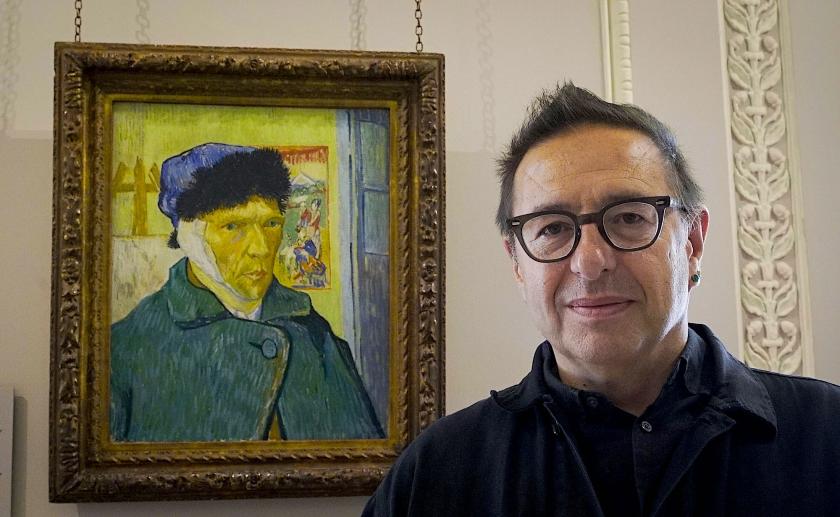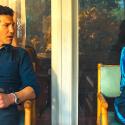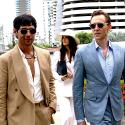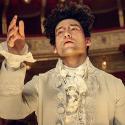Presenter Waldemar Januszczak suffers from something very like Robert Peston Syndrome, which makes him bellow at the camera and distort words as if they’re chewing gum he’s peeling off the sole of his shoe. Nonetheless he has a knack for finding fresh and revealing angles on art history, as he aims to do in this new series.
Vincent Van Gogh’s painting Self-portrait with Bandaged Ear is frequently taken to be the pitiable proof of the artist’s hopeless derangement, another step along the road to his eventual suicide by gunshot, but Januszczak gradually revealed a more nuanced and much more compelling thesis in this BBC Four film. He sketched in the artist’s background in the shadow of his forbidding father, a minister in the Dutch Reformed Church, which had imprinted Vincent with a stern and oppressive religiosity (before he became a painter at age 27, he had a go at being a missionary). He’d developed an obsession with the Biblical prostitute Mary Magdalene, which seemed to overshadow his generally fruitless efforts to make himself appealing to women. His move to Arles in Provence in 1888 was, Januszczak postulated, inspired at least as much by his lust for the local women (hymned by composer Bizet in L'Arlésienne) as by the brilliant skies and golden light. To his disgust, the women proved indifferent to Van Gogh and greatly preferred his more worldly and socially adept buddy Gauguin.
A jealous argument with Gauguin prompted the ear-slashing incident, but Januszczak ingeniously interpreted this as an imitation of the local Arles bullfighters, who would triumphantly cut off a dead bull’s ear. Van Gogh presented the severed ear to a local prostitute, casting himself as the “the sacrificial victim in the battle of love”.
That wasn’t all. To put the icing on the self-lacerating cake, Van Gogh’s painting made him the star of his own Christ-like martyrdom. The presenter meticulously unpicked the subtle symbols hidden in the composition, from the cross-shaped easel in the background to the ear-bandage reminiscent of Christ’s loincloth to the geisha women gathered by Mount Fuji, in imitation of the “pieta” tradition of Marys at the foot of the cross (Van Gogh was a keen collector of Japanese prints).
Perhaps nobody can prove that Januszczak’s theories are correct, but he unveiled them with magicianly panache and made them feel tantalisingly plausible. He looks more like a bouncer or a bailiff than an art critic, but he makes damn sure you keep paying attention.















Add comment